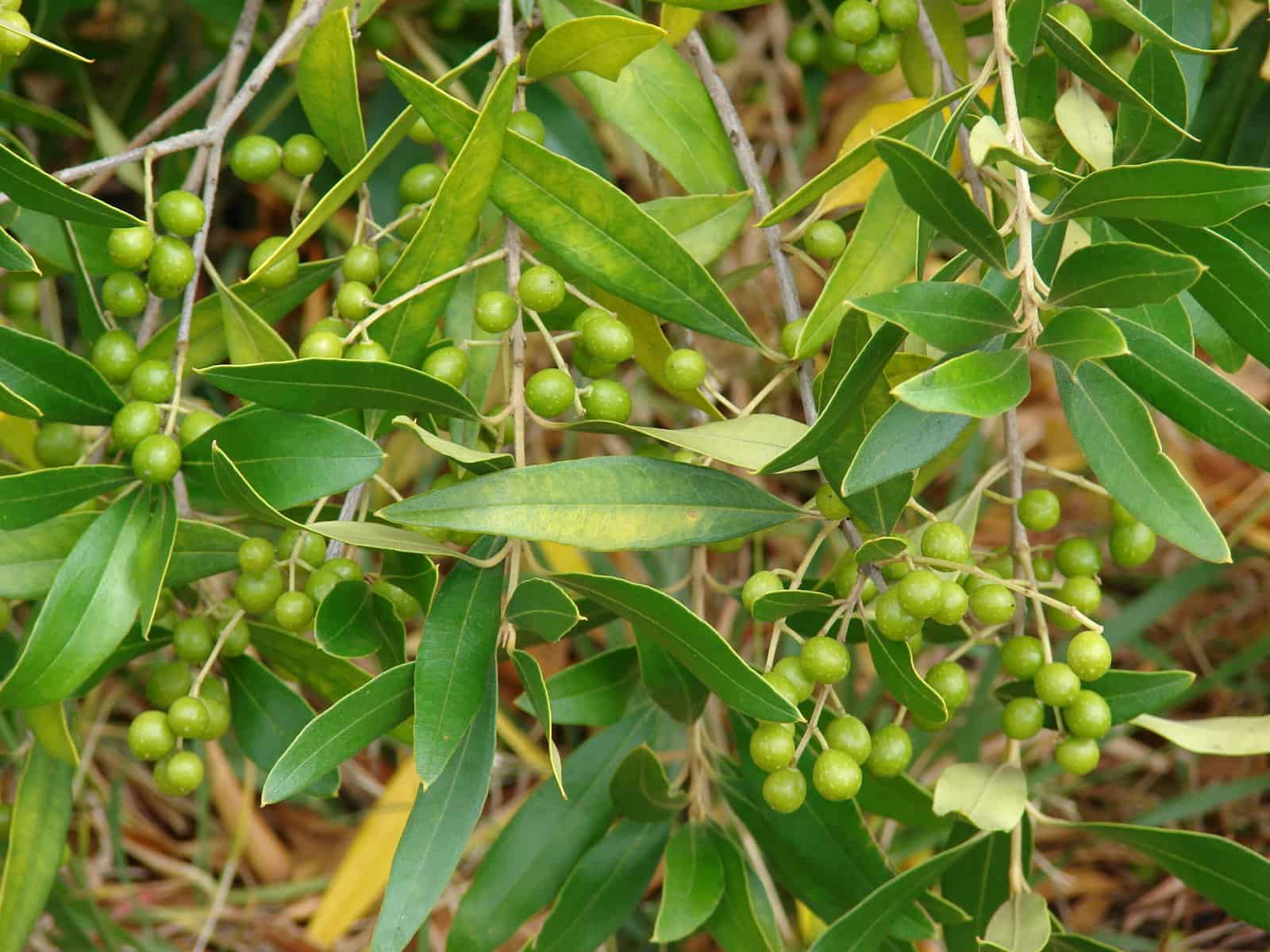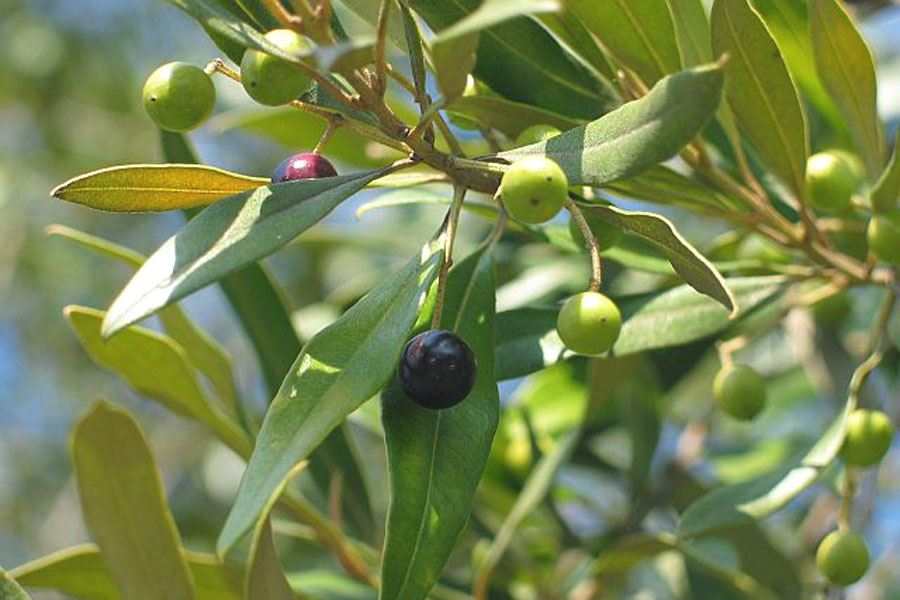
The African Olive may sound like a plant of cultural or culinary interest, but in reality, it's a significant invasive species that poses a threat to the ecosystems of the Nambucca Valley. Native to Africa, this species is particularly hardy and can thrive in various conditions, outcompeting local flora.

Key Features
Oval, leathery leaves that are dark green on top and silvery underneath
Small, creamy-white flowers
Fruits resemble small olives, changing from green to black as they mature
Look-alikes
Can be confused with native olives; however, the leathery texture of the leaves is a distinguishing feature.
African Olive prefers woodland and scrub areas but can also thrive in open fields and disturbed lands.
Always wear appropriate protective gear, including gloves and eye protection.
Keep children and pets away from areas where chemicals are being applied.
Securely bag all removed plant matter and dispose of it in a designated invasive species disposal facility.
Regular property inspections and early removal are key.
Consider using native plants that can compete effectively against African Olive.
Community-led initiatives and government programs are often available to help manage invasive species like the African Olive. Participation can offer added resources and expertise.
The African Olive may seem innocuous but is a significant threat to native ecosystems in the Nambucca Valley. Proper identification and immediate action are crucial to mitigating its impact.
Home › Invasive species › African Olive